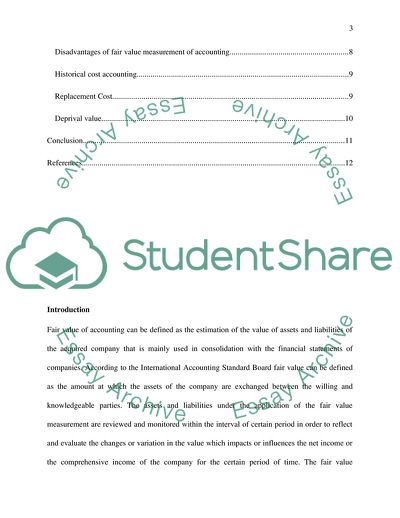Cite this document
(Advanced Financial Reporting & Regulation Essay - 1, n.d.)
Advanced Financial Reporting & Regulation Essay - 1. https://studentshare.org/finance-accounting/1861760-advanced-financial-reporting-regulation
Advanced Financial Reporting & Regulation Essay - 1. https://studentshare.org/finance-accounting/1861760-advanced-financial-reporting-regulation
(Advanced Financial Reporting & Regulation Essay - 1)
Advanced Financial Reporting & Regulation Essay - 1. https://studentshare.org/finance-accounting/1861760-advanced-financial-reporting-regulation.
Advanced Financial Reporting & Regulation Essay - 1. https://studentshare.org/finance-accounting/1861760-advanced-financial-reporting-regulation.
“Advanced Financial Reporting & Regulation Essay - 1”. https://studentshare.org/finance-accounting/1861760-advanced-financial-reporting-regulation.


